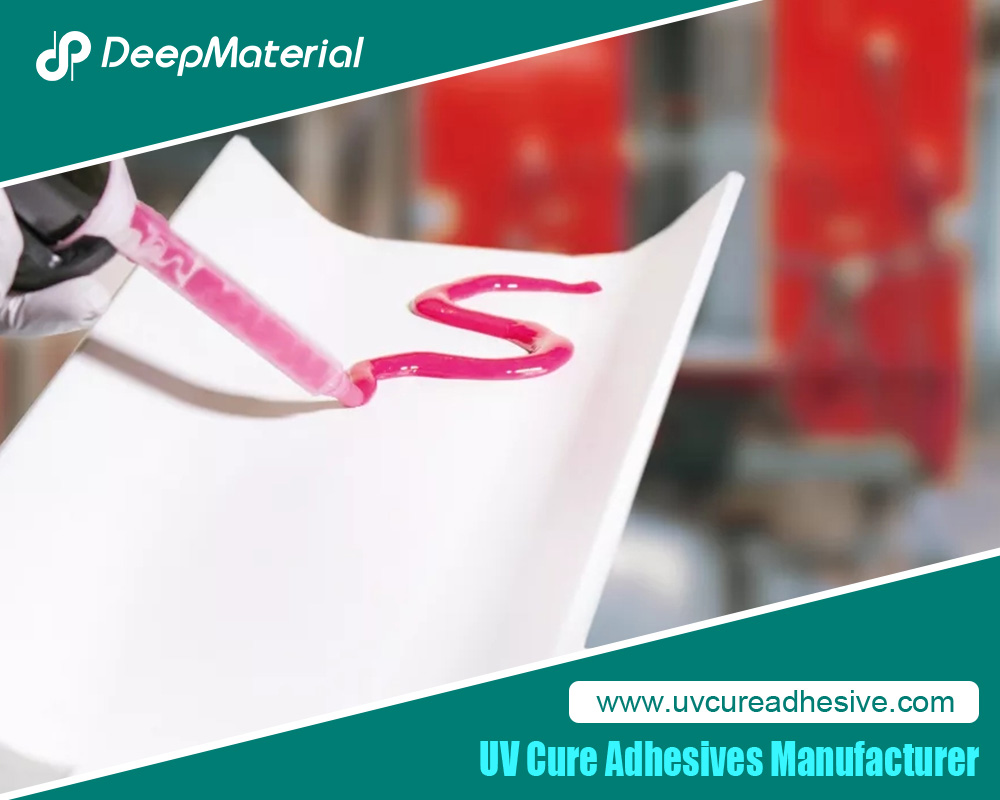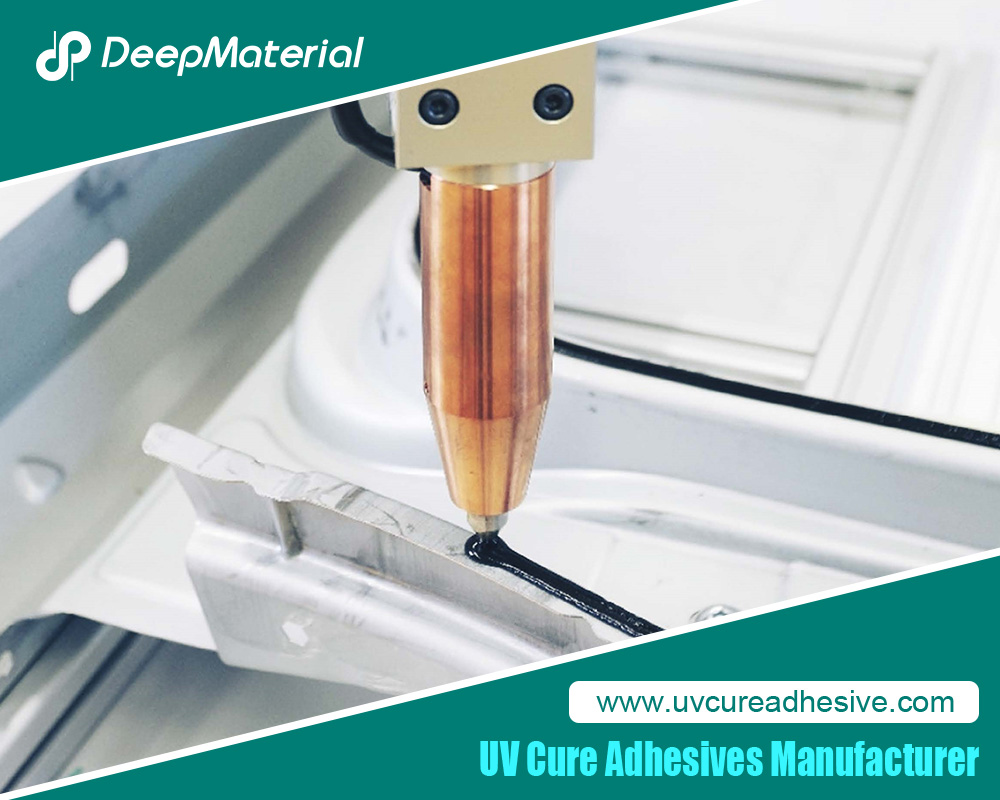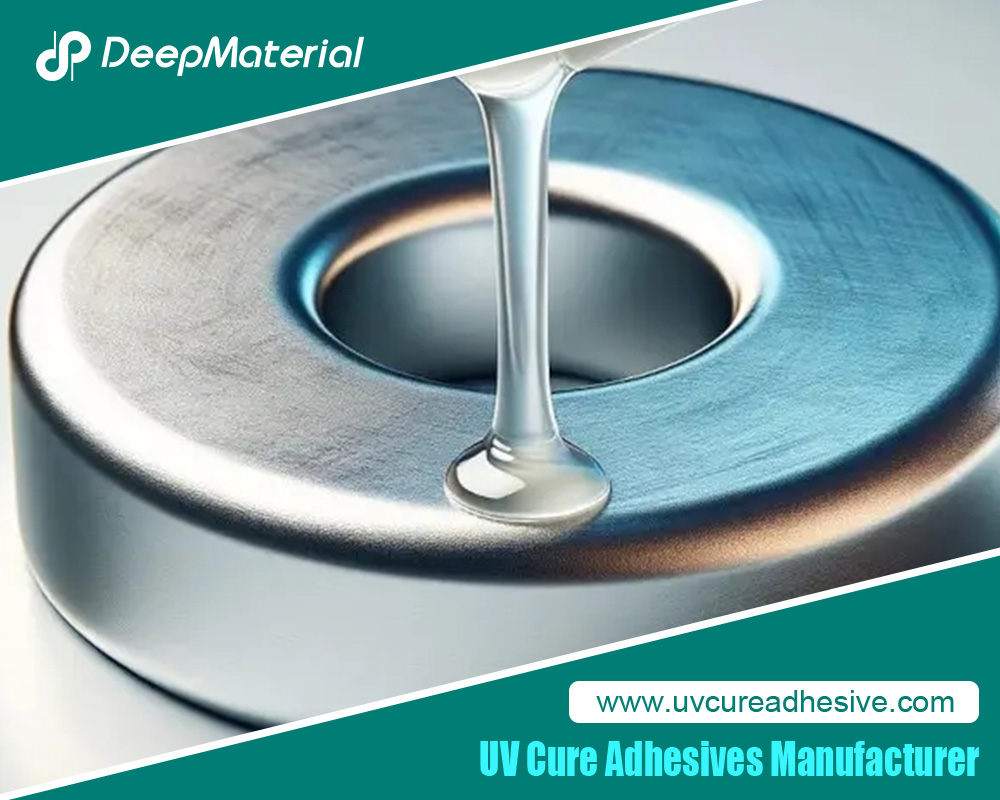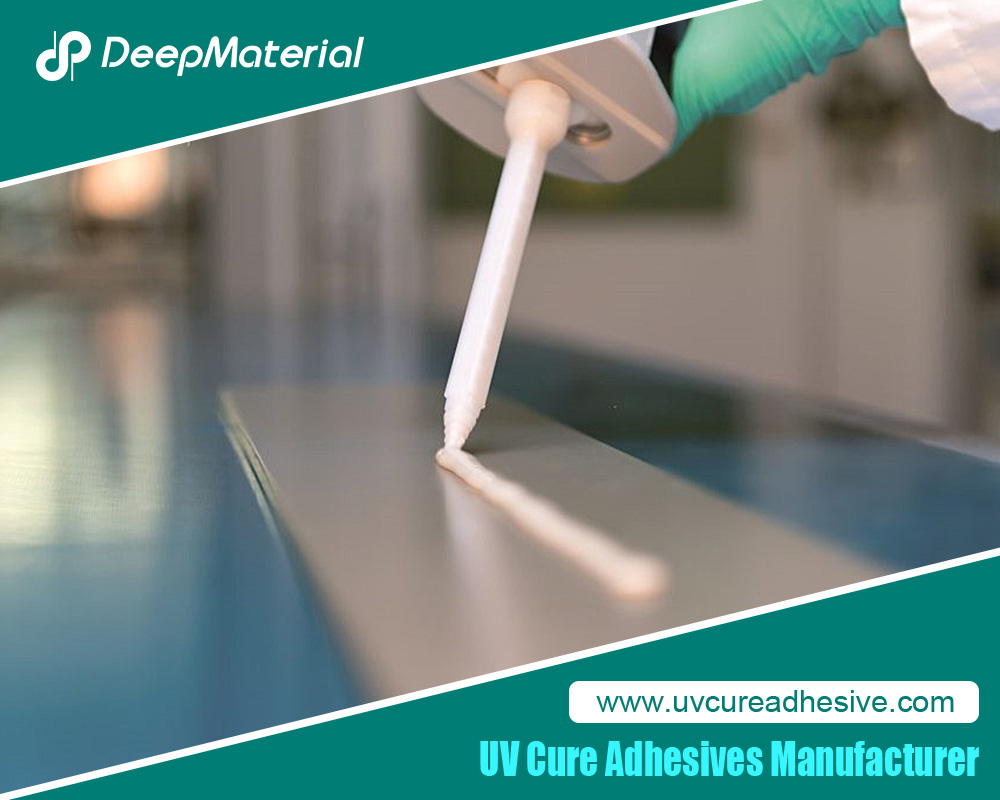How to Select the Right UV Cure Acrylic Adhesive for Your Project
UV cure acrylic adhesives are great for sticking things together in many types of projects, big or small. Picking the right glue is key to making sure everything sticks well. Let’s dive into what these adhesives are, their benefits, and how to pick the right one for your project.
Understanding UV Cure Acrylic Adhesives
These adhesives set hard when they get hit by ultraviolet (UV) light. They have a special ingredient that starts the setting process under UV light. This turns the glue from liquid to solid, making a strong hold between the pieces.
A big plus of UV cure acrylic adhesives is they set very quickly. Other glues might take a long time to harden, but UV adhesives can do it in just a few seconds or minutes with UV light. This quick setting helps get work done faster and more efficiently.

Factors to Consider When Selecting UV Cure Acrylic Adhesives
When you’re choosing the right UV cure acrylic adhesive for your work, think about these points:
Substrate Materials: The kind of materials you’re joining plays a big role. Make sure the glue you choose works well with those materials. Whether it’s sticking together plastics, metals, glass, or composites, the right glue for those materials will make a big difference in how well they stick.
Application Method: How you put the glue on matters too. Some UV cure acrylic adhesives are simple, coming in a single part you just apply. Others might need to be mixed first, using two parts. Knowing which method fits your project can help you pick the right glue.
Environmental Conditions: Think about where and how the project will be used. Will it face hot or cold temperatures, moisture, or chemicals? Picking a glue that can handle these conditions means your project will last longer.
Types of UV Cure Acrylic Adhesives Available
UV cure acrylic adhesives come in different types to meet various needs:
Single Component vs. Two Component: Single-component adhesives are ready to use right out of the container and don’t need mixing. They save time and are easy to use. Two-component adhesives need you to mix two things together before you use them. This mix lets you control how fast the glue sets and how strong the bond will be.
Low Viscosity vs. High Viscosity: Adhesives that are low viscosity are runny and good for when you need a really thin layer of glue. High viscosity adhesives are thicker and better for when you need to fill gaps or stick parts together more solidly.
Clear vs. Colored: You can get UV cure acrylic adhesives that are clear or have color. Clear ones are great when you don’t want to see the glue after it’s applied. Colored adhesives help when you need to see where the glue is to be used on.
How to Pick the Right Viscosity for Your Project
Viscosity is about how thick or runny an adhesive is. It’s important because it affects how thin or thick the layer of glue will be between the parts you’re sticking together and whether it can fill gaps. Here’s how to choose the right viscosity:
Thickness of the Glue Layer: Think about how thick you want the glue layer to be. If you’re putting together electronics and need a very thin layer, choose a glue that’s not too thick (low viscosity). But if you need to fill gaps or you’re doing a job that needs a lot of strength, you’ll want a thicker glue (high viscosity).
Type of Material: The kind of material you’re sticking together matters too. Some materials are harder to stick to and might need a runnier glue to cover them well and stick properly. Materials like polyethylene or polypropylene are like this and usually need lower viscosity glues.
How You Apply the Glue: The way you put the glue on can also decide which viscosity you need. If you’re using a tool to apply the glue that only works with certain thicknesses, make sure the glue you choose will work with your tool.
Factors to Consider When Selecting the Right Color
Choosing the color of your adhesive might seem small, but it can be important for some projects. Here’s why color matters:
Looks: If how the final product looks is important, like with glass or see-through materials, go for clear adhesives. They won’t be seen and won’t mess with the look of your project.
Checking the Bond: Sometimes, you need to look at the glue line to make sure everything is right. Colored glue can make this easier, helping you see and check the bond.
Alignment Help: For projects where getting things lined up just right is key, a colored glue that stands out against the materials can be a big help.
How to Determine the Right Strength for Your Project
Making sure your glue is strong enough is key to your project’s success. Think about these things to pick the right strength:
Needs of the Project: Think about what the project has to go through. Will there be a lot of weight or pulling on it? You’ll want a glue that’s really strong for these cases.
Material Types: Different materials stick differently. Some glues are made just for certain materials, like metal or plastic. Pick a glue that’s meant for what you’re working with.
Test It Out: If you can, test the glue on your project first. Doing tests like pulling or trying to peel it apart can show you if it’s strong enough.
Project Timeline: Evaluate the duration of your project and how long you anticipate needing to store the adhesive before use. Select an adhesive with a shelf life that aligns with your project timeline to ensure optimal performance.
Storage Conditions: Adhesive shelf life can be influenced by storage conditions such as temperature and humidity. Ensure that you store the adhesive according to the manufacturer’s recommendations to maximize its shelf life.
Supplier Reliability: Consider the reliability and reputation of the adhesive supplier. Choosing a reputable supplier ensures that you receive fresh and high-quality adhesives with a longer shelf life.

Final Words
In summary, picking the correct UV cure acrylic adhesive is key for the best stickiness in your work. Knowing the good points of UV cure acrylic glues and thinking about things like the materials you’re sticking, how you apply the glue, where it’ll be used, how thick or runny it is, how quickly it sets, its color, how strong it is, how well it handles temperature, and how long it can be stored will help you choose well.
If you use the glue right and keep it stored correctly, you can count on your glued items to stay together for a long time. Make a smart choice and enjoy the advantages of UV cure acrylic adhesives in your next project.
For more about choosing the Right UV Cure Acrylic Adhesive for Your Project, you can pay a visit to DeepMaterial at https://www.uvcureadhesive.com/ for more info.



